If you’re like me, you wish away the summer, even cursing it for interrupting your hunt season and making you hang up your bird vest. The mid-Atlantic can be a bit brutal, though, especially in September when the season comes back. It also sees its fair share of hurricanes and flat-out ugly thunderstorms. The dove migration is highly susceptible to these strong storms, and you’ll often hear chatter about the birds getting “blown out.”
It doesn’t take but a week or two for the birds to become educated and even more evasive, giving them that oh-so-appropriate name, “Grey Ghosts.” So, with such fickle and punishing weather and temperamental targets, why do so few utilize the summer months to prepare?
Tighten Up Your Technique
No need to bother reminding everyone that “practice makes perfect”; you already know that quite well. But, instead, I want to touch back on an article from the archives, Shooting vs Training. There’s a definite difference between training, practicing and shooting. Did you train for the upcoming hunt season regardless of your quarry? Are you happy with the amount of practice you were able to accomplish after training? And will your shooting on the hunt field show you’ve improved?
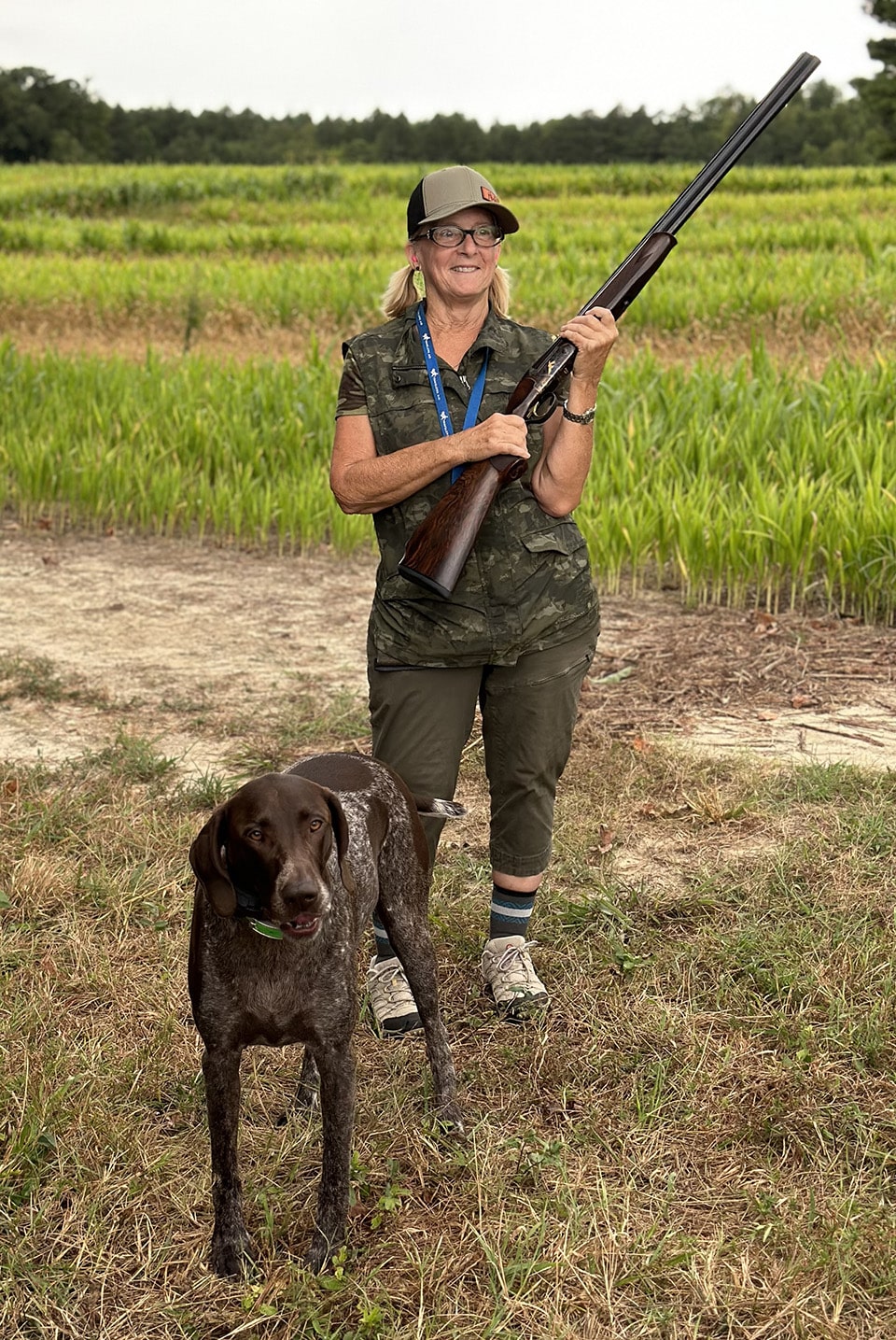
Perfecting the mount to your gun is paramount, especially since you’ll have the added excitement of feathers. If your gun mount isn’t as natural as just lifting your arm, take just 5 minutes each evening and practice it. Your fine motor skills are the first to go out the window when you’re in a stressful situation or anxious. My phone is full of students and clients on hunts with their heads off the comb, wide-eyed and watching the birds fly away. This is one of the most common problems in a hunt. It’s also one of the easiest to fix.
There are several methods utilized in shooting. Some of the most effective for hunting are Churchill and Swing Through. Are you familiar with these and do you regularly practice them?
Churchill Method
Churchill, invented by Robert Churchill is the definitive instinctual shooting method employed as the go-to favorite of bird hunters the world over. It is very deadly and allows the shooter to incorporate the mount and movement onto the bird into one seamless action. A shooter appears to barely move, but in actuality, allows the speed of the gun to insert on the bird and push to the front. The speed of the gun – since it was put into motion at the same time a shooter began the mount – catches and overcomes the bird. A shooter learns to “feel” when it is right to pull the trigger. Hence, the “instinctual” title to the methodology. Churchill shooting requires a very well-fitted shotgun and a clean mount to the stock. I highly recommend Robert Churchill’s Game Shooting.
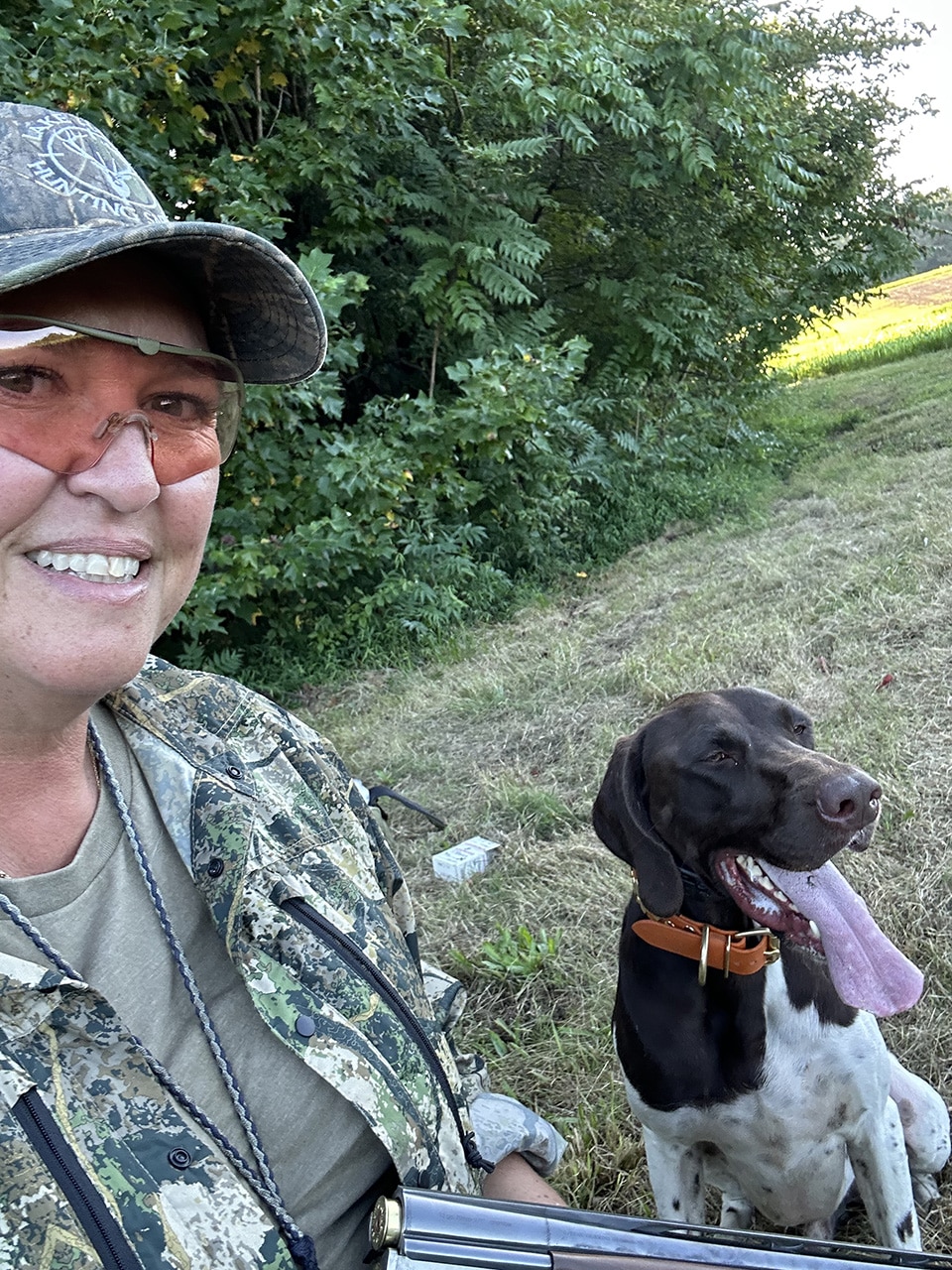
Swing Through
Swing Through is very similar to Churchill and also allows a shooter to utilize the speed of the gun to overcome the bird. For this method, a shooter begins the swing at the back of the bird, coming through and pushing to the front. The Brits refer to it as “Bum, Belly, Beak.” It’s important not to stop the swing; do not jerk the gun or think that you have to race through the bird. Keep your gun smooth throughout the swing. George Digweed is credited with being one of the premier Swing Through shooters and has several outstanding articles and videos on the method.
Other Methods
There are other methods, Pull Away is another favorite of mine and great for those longer, crossing shots. Well-rounded shooters will have multiples tools in their toolbox to clinch successes. You’ll find that most hunters prefer Churchill and Swing Through, because quarry is often moving in more erratic and unknown flight paths. These two methods allow a shooter to make necessary alterations on the fly.
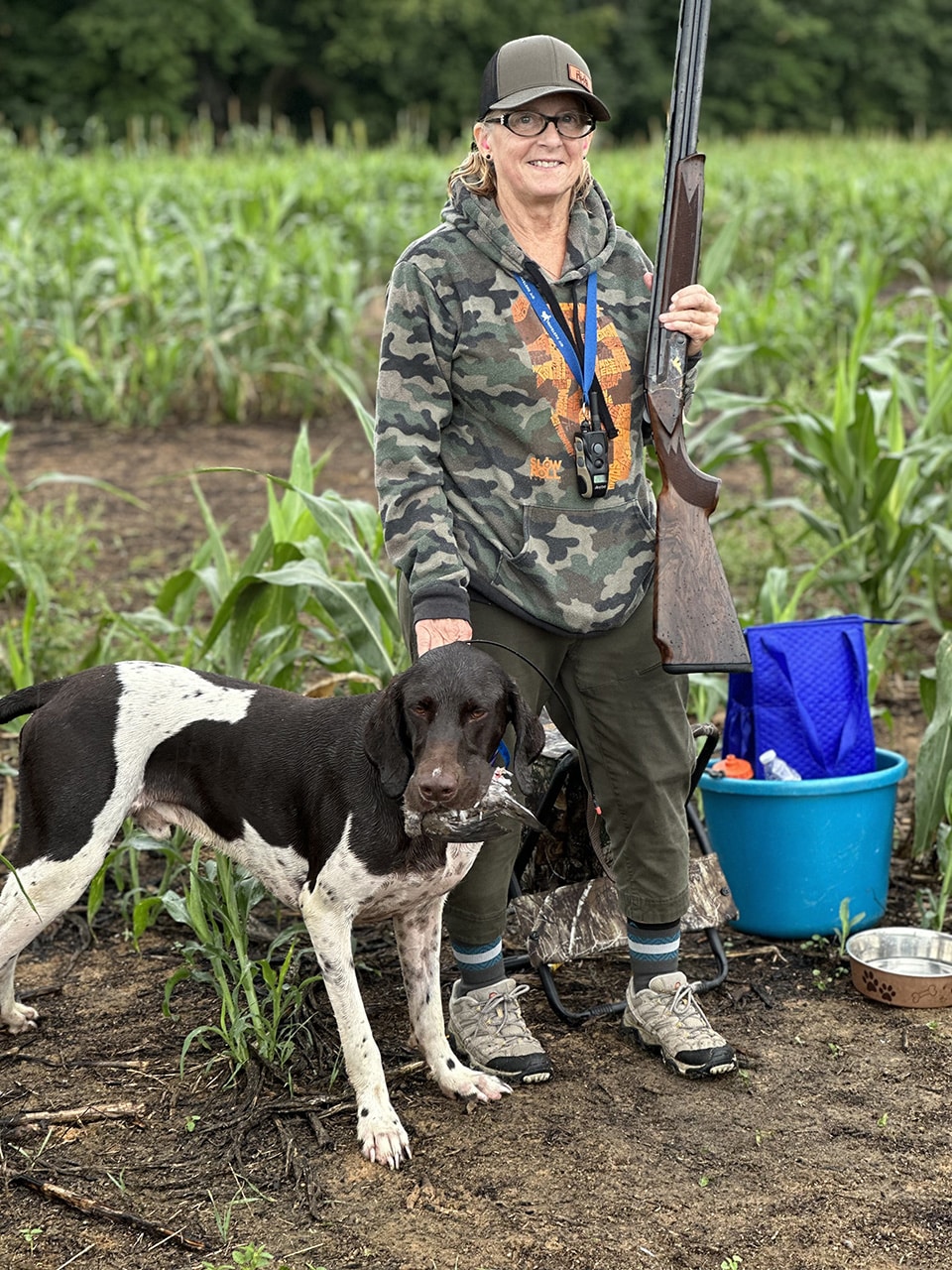
Pull Up a Chair and Sit a Spell
In Virginia, we welcome the start of the hunt season with doves and Canada geese over cut crop fields. Temperatures in September may register in the 80s and the sun is still strongly beating down. A sturdy seat to relax and wait for the birds to come in is an absolute must. Your legs and arms will quickly tire if you lack a comfy seat on one of these hunts.
Dove buckets typically offer seats that rotate completely around to enable shooters quick maneuvering abilities, should birds come in from a different point on the field than anticipated. Dove stools don’t offer the rotation, but a seat is always a welcome respite in a hot field. Make sure you select one with a back to it. I’ve been debating on an upgrade to one of those nifty camo jobs that incorporates a sunshade to the top of the seat. Beware of a bag chair that sits low, as it will be difficult to move up and into a shooting position.
Part of the training for my students prepping for dove and geese is to learn how to shoot from a seated position. Both species will flare if the shooter moves too quickly or too soon. Being able to stay seated and cleanly mount to the incoming quarry saves a shooter a lot of heartache of watching birds flare and flee the field. I also have students practice smoothly standing and mounting at the same time.
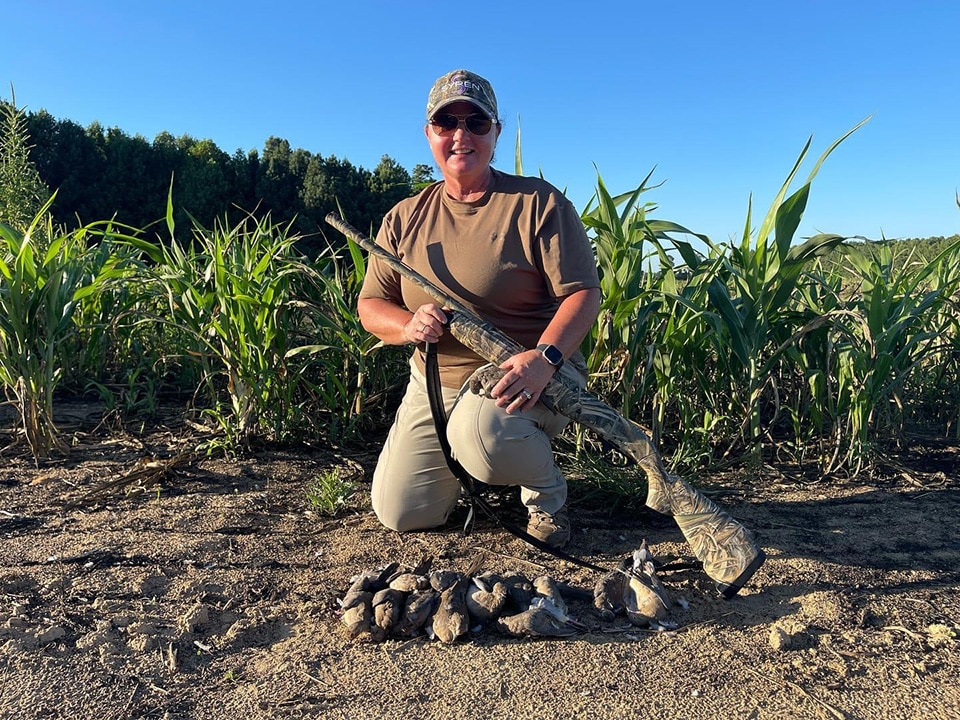
Where you position yourself with your seat on that field also matters. If you are lucky enough to be along the wood line, sit back in the shade and slightly under any overhanging branches provided they don’t greatly impede your view of the skies overhead. This will help to break up your outline.
If you are out in the middle of the field, tuck into the sunflowers, milo, corn or whatever crop rows have been left on the field. Doves have very weak legs and aren’t able to scratch the ground like chickens. They will always target the feed that they can readily see on the bare ground. Take advantage of the natural cover from the crops.
Now You See Me, Now You Don’t
Camouflage is key! Blend into your background. Know before you go and select your shooting wardrobe based on the colors on the ground where you will be located. If you’ll be on that coveted wood line, Mossy Oak, or something similar in camouflage, works well. If you are sitting out in the corn or sunflowers which will be dead, a waterfowl reed or cattail pattern seems to work great. The milo or sorghum will still be a hearty green, so get on your best G.I. Joe or Mr. Green Jeans outfit.
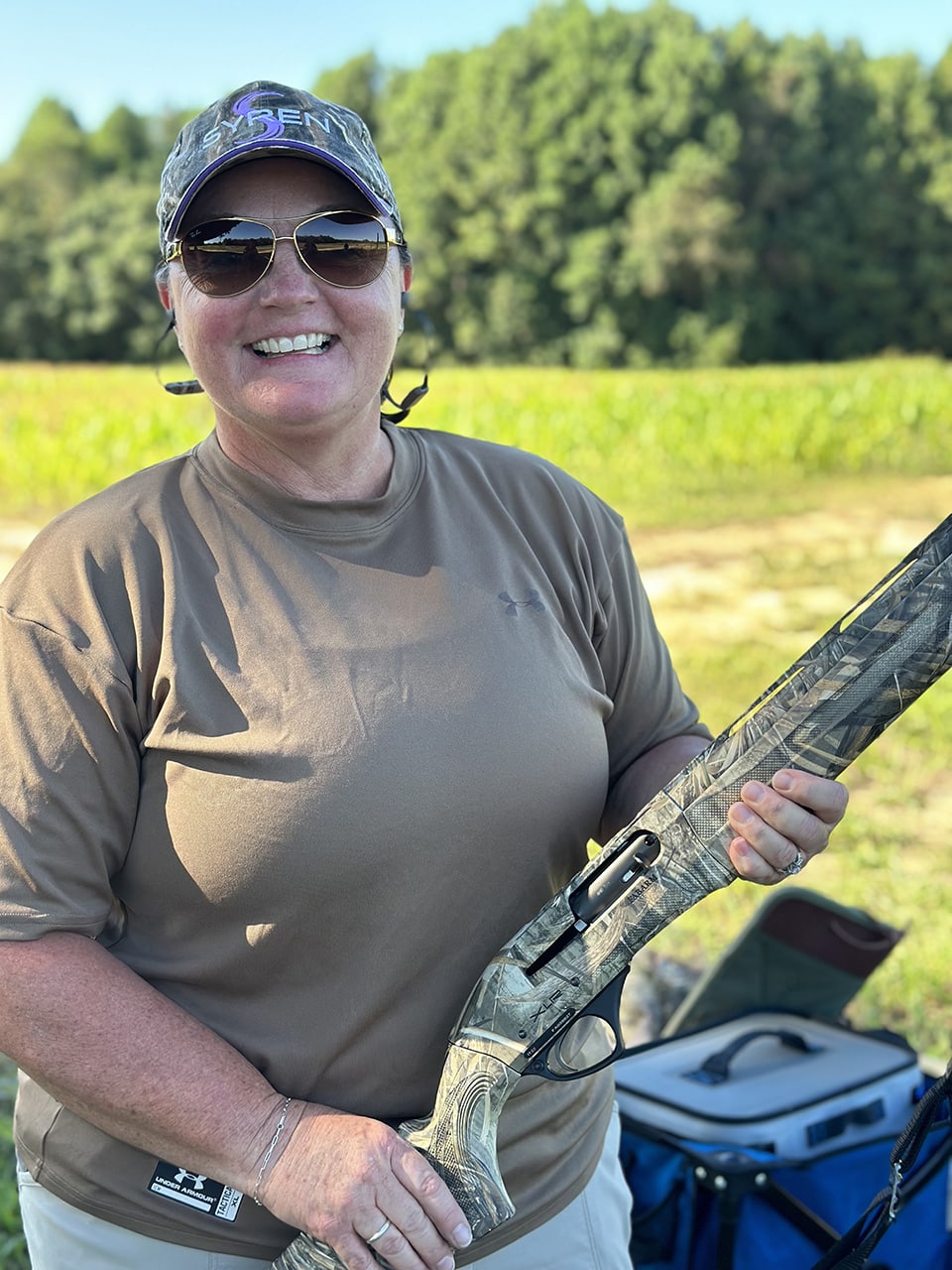
Be sure everything around you – including your firearm – also is hidden from those little beady eyes overhead. The Syren Waterfowler has a fantastic soft touch camouflage that won’t glint in the sun and flare the birds.
A hat and glasses are standard issue for dove fields, since hunters are set up all facing inwards on the outer edge of the field, which means shot will softly lob back and forth. Make sure your glasses aren’t mirrored! Birds will see that a mile away.
Cooler weather is ahead and will be filled with colorful feathers. Wherever you go and whatever you may chase, take time to prepare and enjoy your hunts!
Kate Ahnstrom, owner of Virginia Shooting Sports, is a certified, professional instructor of the Paragon School of Sporting. She has dedicated her life to sharing her passion for the outdoors and diversifying the dynamics on the clay course and the hunt field. Her tireless dedication to her students’ success is obvious in each and every lesson. Kate is on the pro staff for Syren, the resident pro at Orapax Hunting Preserve and the Preserve at Dundee, department editor for “Woods and Waters” magazine and field staff member of the Sisterhood of the Outdoors. She and her husband, Mike, enjoy their small farm in central Virginia where they have a menagerie of animals and plenty of room to train and work their beloved GSPs. Kate loves getting behind the barrel of her Syren Tempio Sporting in 20 gauge for all things clay and feathered. View all posts by Kate Ahnstrom